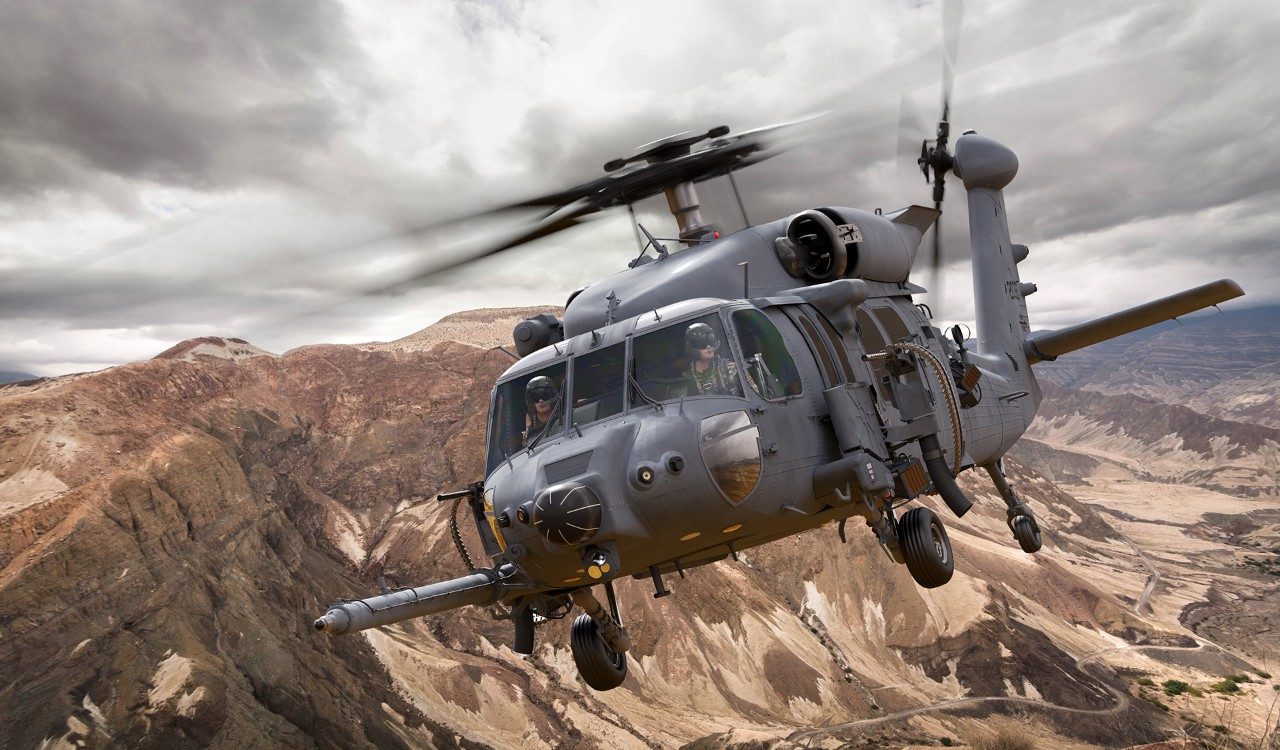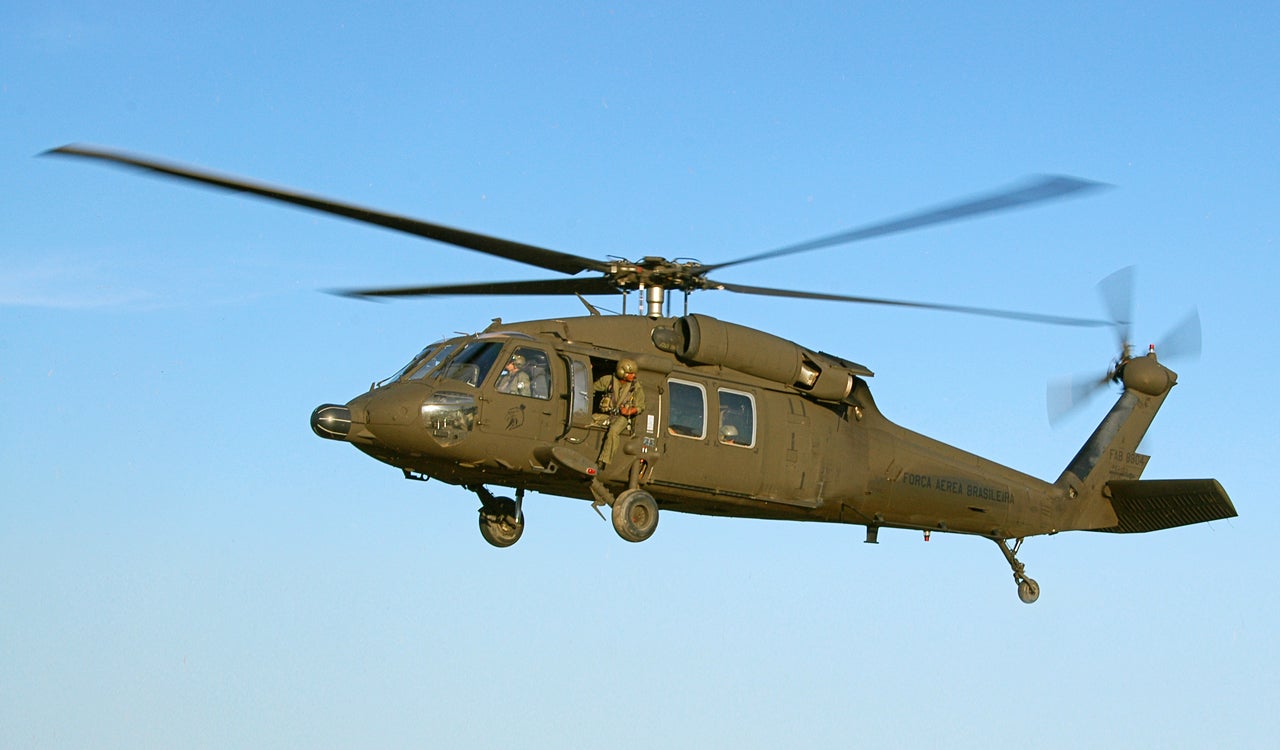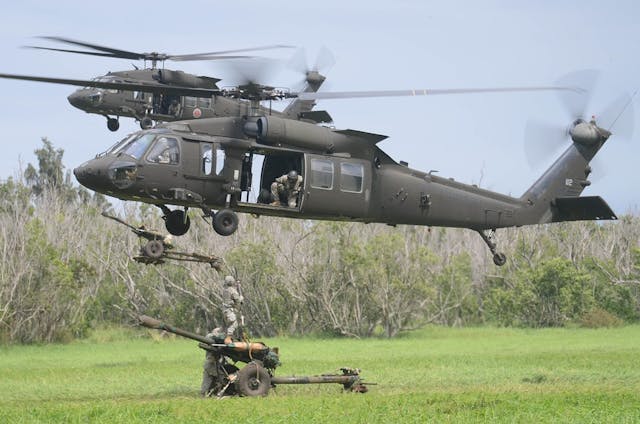UH 60 Helicopter: Advanced Avionics and Fight Systems
Wiki Article
Checking Out the Cutting-edge Innovation Behind Airplane Design and Engineering
The area of airplane style and engineering is observing a transformative shift driven by cutting-edge modern technologies that boost performance, efficiency, and sustainability. As the sector grapples with the difficulties of environmental duty, advancements in sustainable air travel modern technologies promise to reshape the future.Advanced Materials in Airplane Design
Exactly how can the combination of advanced materials transform aircraft layout? The consolidation of innovative products, such as carbon fiber compounds, titanium alloys, and advanced ceramics, plays an essential role in improving aircraft performance and efficiency.Furthermore, sophisticated materials exhibit enhanced resistance to corrosion and tiredness, causing lower maintenance expenses and extensive service life. For example, using titanium in essential parts aids endure extreme temperature levels and tensions, while carbon fiber composites provide flexibility in layout and production processes. This flexibility enables more wind resistant forms, adding to exceptional efficiency qualities.
Moreover, the integration of clever materials, which can change homes in action to outside stimuli, opens brand-new opportunities for flexible systems in airplane layout. uh 60. These developments promise not just to enhance safety and security and operational performance but also to contribute to sustainability efforts by reducing environmental influence with minimized exhausts. In summary, advanced materials are redefining the landscape of airplane style, leading the way for much more reliable, resilient, and eco-friendly air travel services
Wind Resistant Developments for Efficiency
Aerodynamic developments play a pivotal function in improving airplane performance, substantially affecting fuel usage and overall efficiency. Breakthroughs in airfoil design, such as the introduction of supercritical wings, permit enhanced lift-to-drag proportions, decreasing drag at transonic rates. These advancements enable aircraft to preserve higher rates with reduced fuel expenditure, straight impacting operational expenses and environmental sustainability.Moreover, the integration of winglets has shown reliable in mitigating vortex-induced drag at the pointers of wings, even more boosting gas effectiveness - uh 60. This layout adjustment brings about a decrease in wake disturbance, adding to improved wind resistant efficiency during cruise conditions

In addition, computational liquid characteristics (CFD) devices have revolutionized the testing and refinement of wind resistant forms, enabling precise simulations of airflow around aircraft (uh 60). This allows engineers to innovate constantly, making sure that contemporary airplane not only meet governing requirements yet additionally press the borders of effectiveness in aeronautics

Role of Computer Simulations
Computer system simulations have become an essential device in the area of aircraft layout, allowing engineers to perform comprehensive evaluations and optimizations of various style facets. These simulations enable the digital testing of wind resistant buildings, structural honesty, and performance metrics long prior to physical prototypes are constructed. By utilizing computational liquid characteristics (CFD) and limited element evaluation (FEA), engineers can forecast exactly how air moves around the aircraft and exactly how various materials will react to stress and stress.Furthermore, computer simulations facilitate the expedition of a vast variety of scenarios and variables, speeding up the layout procedure and minimizing expenses connected with physical testing. This ability not only enhances the precision of forecasts concerning aircraft actions however additionally supplies understandings right into prospective design renovations that may not be quickly noticeable with conventional approaches.

Furthermore, simulations help make sure compliance with rigorous security regulations by permitting designers to determine and rectify possible issues early in the layout phase. The assimilation of simulation modern technologies right into the aircraft design procedure emphasizes the considerable check out here developments in engineering techniques, inevitably adding to the development of safer, extra effective, and eco-friendly airplane.
Expert System in Design
Fabricated intelligence (AI) is transforming the engineering more information landscape, especially in airplane layout, by optimizing and improving decision-making processes style process. With artificial intelligence formulas, AI can analyze vast datasets, uncovering patterns and insights that inform design choices and improve overall efficiency.AI applications in aircraft design include generative layout, where formulas develop numerous layout choices based upon defined specifications, enabling engineers to evaluate a broader variety of opportunities. This not just increases the style phase but likewise makes sure that the end products meet strict efficiency and safety and security criteria.
Furthermore, AI-driven predictive analytics assist in upkeep scheduling by analyzing historic information and forecasting possible failings. This proactive technique decreases downtime and enhances airplane dependability.
Additionally, AI aids in simulation and modeling, making it possible for engineers to check styles under different conditions without the requirement for physical prototypes. This ability shortens advancement timelines and reduces expenses connected with traditional testing approaches.
Lasting Aviation Technologies
Exactly how can the aeronautics sector efficiently balance growth and ecological duty? The solution exists in the adoption of lasting aviation innovations that prioritize efficiency and minimize carbon emissions. Advancements such as sustainable aeronautics gas (SAFs), which are stemmed from renewable resources, have actually become a Read Full Article vital part in attaining reduced lifecycle exhausts. SAFs can substantially lower the carbon impact of trips, making them a viable choice to traditional jet gas.Furthermore, improvements in airplane layout, such as the development of lighter materials and more aerodynamically effective forms, add to improved gas efficiency. Electric and hybrid propulsion systems are likewise gaining traction, using a pathway to reduce dependence on fossil fuels and reduce greenhouse gas exhausts.
The integration of these modern technologies is supported by regulative structures and market cooperations targeted at establishing enthusiastic sustainability targets. Electronic devices like data analytics and synthetic knowledge can maximize flight operations, better enhancing fuel effectiveness. By welcoming sustainable techniques and modern technologies, the aeronautics market can not just satisfy the growing need for air traveling however also play a pivotal role in resolving environment modification, ensuring a much more lasting future for air transportation.
Final Thought
The merging of advanced materials, aerodynamic technologies, and advanced innovations marks a considerable development in aircraft layout and design. The integration of carbon fiber composites, titanium alloys, and AI-driven procedures not only boosts efficiency and efficiency but also streamlines workflows and predictive upkeep. Moreover, the ongoing growth of sustainable aeronautics innovations emphasizes a commitment to ecological obligation, leading the way for a greener future in aeronautics. This continuous development will certainly form the market's trajectory for several years to come.
Computer simulations have actually come to be a vital device in the area of airplane layout, making it possible for designers to perform in-depth evaluations and optimizations of various layout facets.The merging of innovative products, wind resistant innovations, and cutting-edge technologies marks a considerable development in aircraft layout and engineering.
Report this wiki page